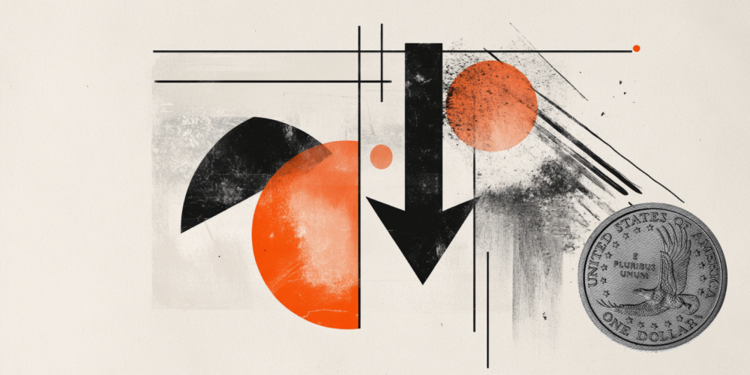More people found it difficult to honor their financial commitments nationwide. From March to April, to give you an idea, the contingent of defaulters grew 5%, based on seasonally adjusted data compiled by Boa Vista Serviços, a company that manages data that gather commercial and registration information from more than 130 million companies and consumers. with national scope.
And this is not an isolated increase. According to data from Boa Vista, this was the third consecutive increase in the number of defaulters in the series, and once again the variation was significant, given that in March the indicator had increased by 5.1% on the same basis. of comparison.
In the year, from January to April, the indicator of debtors in arrears with their obligations adds up to 12.3% compared to the same period in 2021. In the comparison of the moving quarter ended in April against the quarter ended in January, there was an increase of 7.8%, already discounting the seasonal effects.
“In the same sense, the indicator advanced 18.5% in the interannual comparison and the result accumulated in 12 months accelerated again, from 4.6% to 6.2% between the months of March and April, as expected. The delicate scenario for the consumer, of inflation, interest, income commitment and high unemployment, only reinforces the expectation of an increase in the number of registrations and in the delinquency rate”, evaluate the technicians from Boa Vista.
Credit recovery
If, on the one hand, the number of debtors with their financial obligations in arrears grew from March to April, on the other hand, the Credit Recovery Indicator advanced 1.8% on the same basis of comparison and 7.5% in relation to the month of April. last year.
In the year, the indicator accumulates a high of 12% and the growth in the long-term curve, measured by the accumulated variation in 12 months, accelerated again, going from 4.3% in March to 4.9% in the current reading.
“It is worth mentioning that, as was observed throughout the first quarter, part of this recovery is also due to the increase in the flow of defaulters, which has been strong. However, getting rid of credit restrictions does not eliminate credit risk, so much so that the projection points to further increases in the default rate this year, which has already risen 0.34 percentage point to 4.71%, between December 2021 and February 2022 when it comes to free resources for families according to Central Bank data”, inform Boa Vista technicians.
Source: CNN Brasil
I am Sophia william, author of World Stock Market. I have a degree in journalism from the University of Missouri and I have worked as a reporter for several news websites. I have a passion for writing and informing people about the latest news and events happening in the world. I strive to be accurate and unbiased in my reporting, and I hope to provide readers with valuable information that they can use to make informed decisions.







